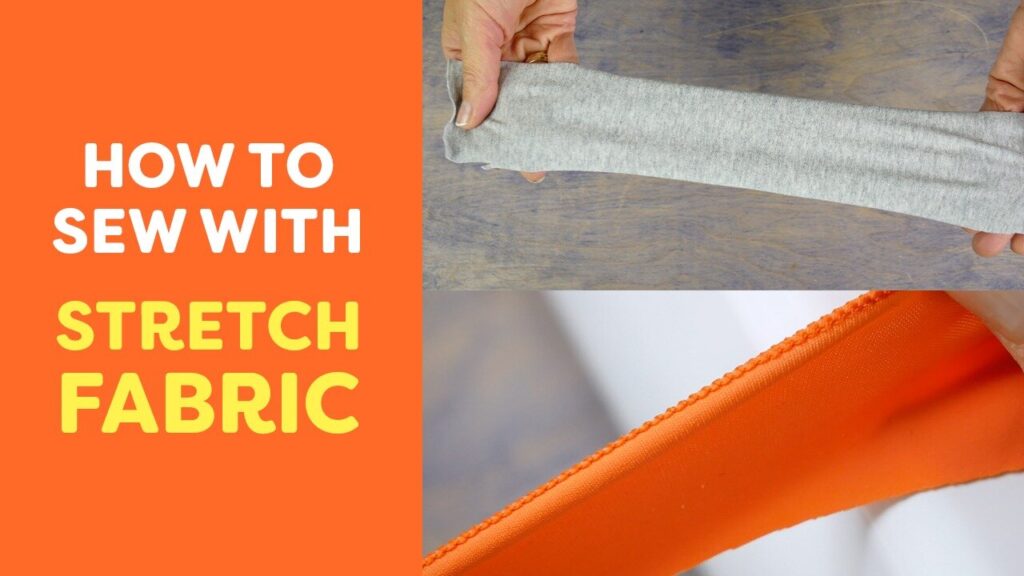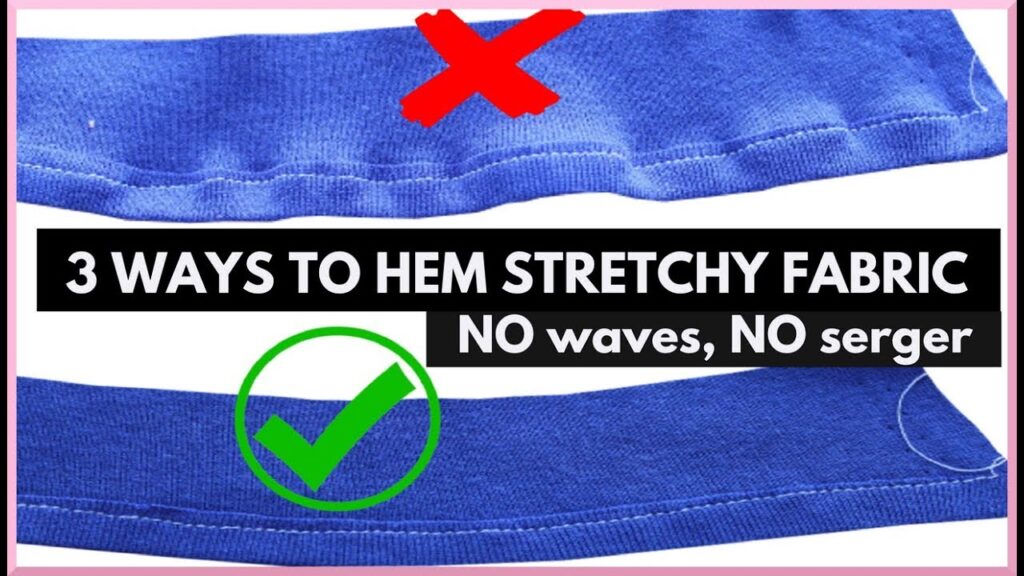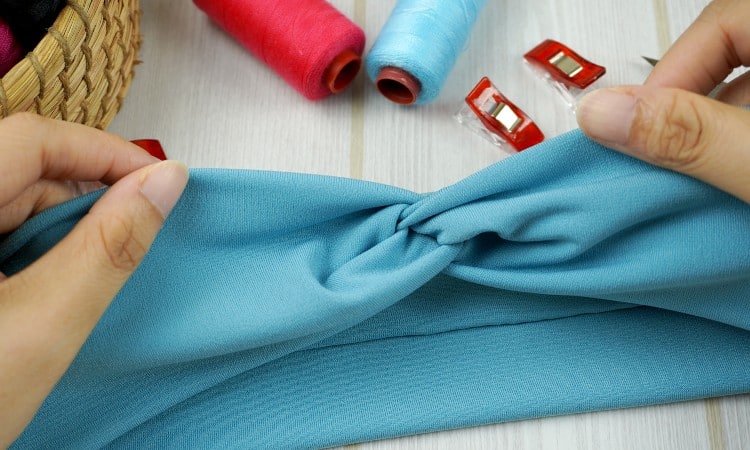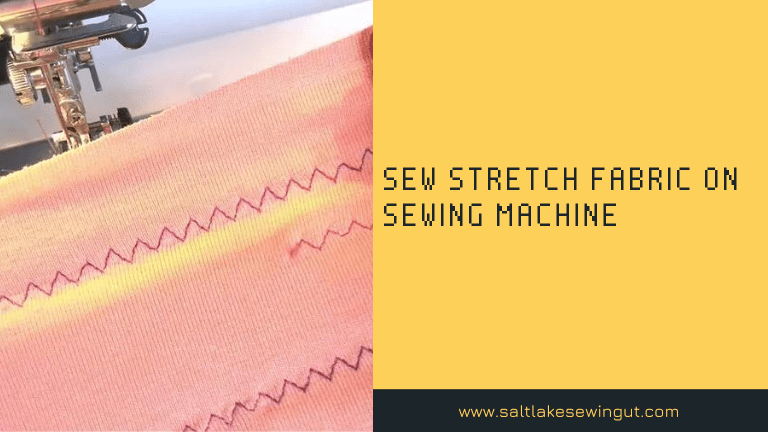How to Sew Stretch Fabric on a Sewing Machine
Sewing stretch fabric on a sewing machine might seem daunting, especially if you’re new to working with this type of material. However, with the right techniques and a little practice, you can create beautiful, comfortable garments and projects. In this guide, we will explore the step-by-step process of sewing stretch fabric on your sewing machine, ensuring that your projects turn out perfectly.

Stretch Fabrics
Stretch fabrics are materials that have the ability to stretch and recover their original shape. Common examples include spandex, jersey, and knit fabrics. Sewing with these materials requires a different approach than sewing non-stretch fabrics because they have more give and can be tricky to control.
Necessary Materials and Equipment
Before you begin, make sure you have the necessary materials and equipment:
A sewing machine
Stretch needles
Stretch thread
Fabric scissors
Pins
Ballpoint pins (optional)
Walking foot (optional)

Preparing Your Sewing Machine
Ensure your sewing machine is in good working condition. Clean the bobbin area feed dogs, and oil any parts as per the manufacturer’s instructions. A well-maintained machine will make your sewing process smoother.
Selecting the Right Needle and Thread
Use stretch needles, designed specifically to stretch the fabrics. Match the thread to your fabric, and consider using a polyester or cotton-wrapped polyester thread for durability.

Adjusting Stitch Length and Tension
Set your machine to stretch the stitch or a narrow zigzag stitch. Adjust the stitch length to about 2.5 mm. Experiment with the tension to find the right balance that prevents puckering but doesn’t stretch the fabric too much.
Practice on Scrap Fabric
Before working on your project, practice scrap stretching the fabric to get a feel for your machine’s settings and the fabric’s behavior.
Cutting and Pinning Your Stretch Fabric
Use fabric scissors to cut your fabric. If your fabric rolls at the edges, use ballpoint pins to prevent snags. Pin your fabric together, aligning the edges, and ensuring it doesn’t stretch as you sew.
Sewing Techniques for Stretch Fabric
When sewing stretch the fabric, use a slow, steady pace, and gently guide the fabric. Backstitch at the beginning and end of your seams to secure the stitches. If your machine has a walking foot, it can be particularly helpful in preventing stretching or puckering.
Troubleshooting Common Issues
Adjust your machine’s tension, needle, or stitch settings if you encounter issues like skipped stitches or puckering. Sometimes, changing the thread tension or trying a different needle can make a significant difference.
Finishing Touches and Hemming
Finish your seams by trimming any excess fabric and zigzag stitching or using a serger to prevent fraying. Hem your project according to your desired style, using a stretch the stitch for flexibility.
Caring for Your Stretch the Fabric Projects
After creating your project, follow the care instructions for your specific stretch of the fabric. Most can be machine-washed, but it’s essential to prevent stretching during the washing and drying process.
Conclusion
Sewing stretch the fabric on a sewing machine is a skill that can open up a world of creative possibilities. With the right materials, equipment, and techniques, you can confidently tackle projects using stretch fabrics, from comfortable clothing to stylish activewear
Can I use a regular needle for sewing stretch fabric?
It’s recommended to use stretch needles specifically designed for stretch fabrics to prevent damage and ensure a smooth sewing process.
What are the best stitches for sewing stretch fabric?
The best stitches are stretch stitches or narrow zigzag stitches, as they allow the fabric to stretch without breaking the seams.
How do I prevent my stretch fabric from puckering while sewing?
Adjust your machine’s tension, use the appropriate needle and thread, and consider using a walking foot to prevent puckering.
Can I sew stretch fabric without a walking foot?
While a walking foot can be helpful, it’s not essential. You can still sew stretch fabric successfully with the right needle, thread, and tension settings.
How do I choose the right stretch fabric for my project?
Consider the stretch percentage, weight, and intended use of the fabric. Lighter fabrics are great for activewear, while heavier ones work well for loungewear and casual garments.
What kind of sewing machine needle to stretch the fabric?
For sewing stretch fabric, it’s best to use stretch needles specifically designed for the purpose.


4 thoughts on “How do you sew stretch fabric on a sewing machine?”